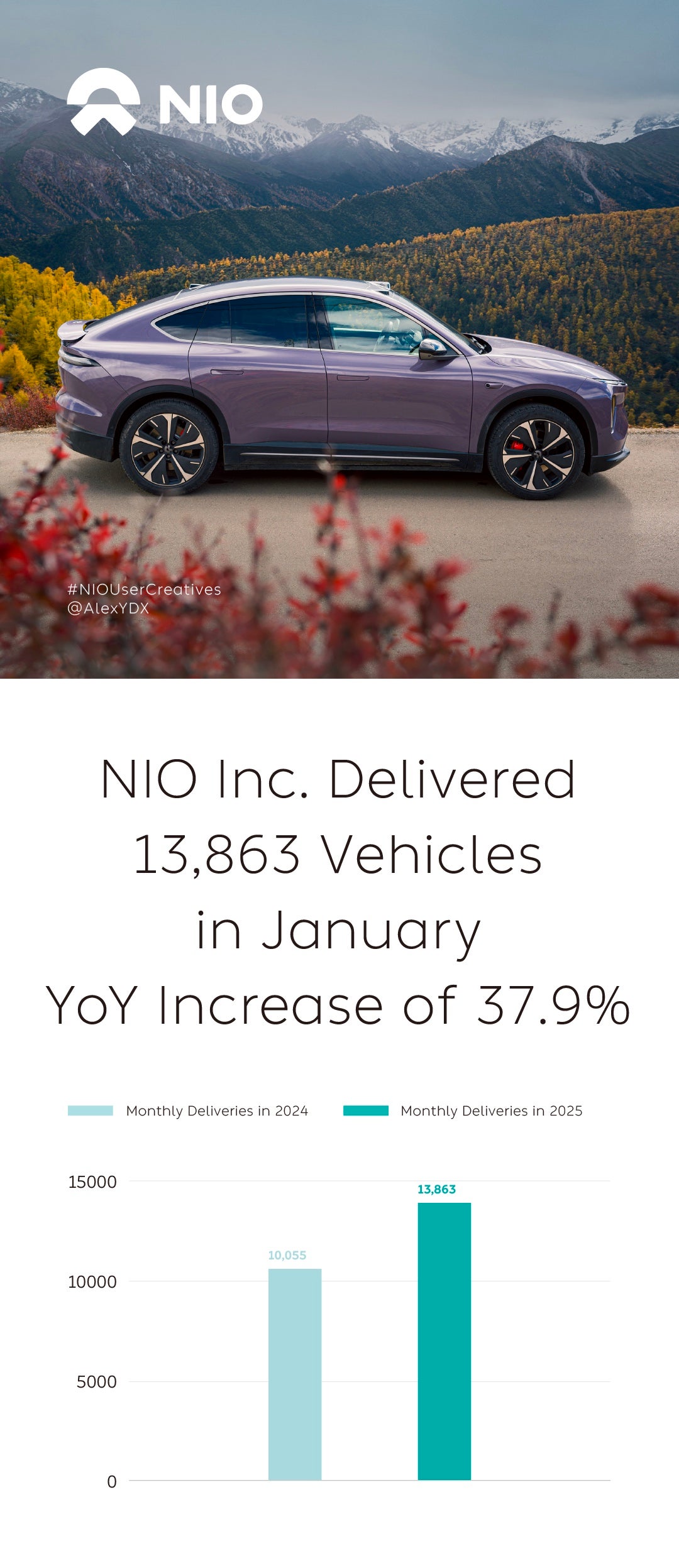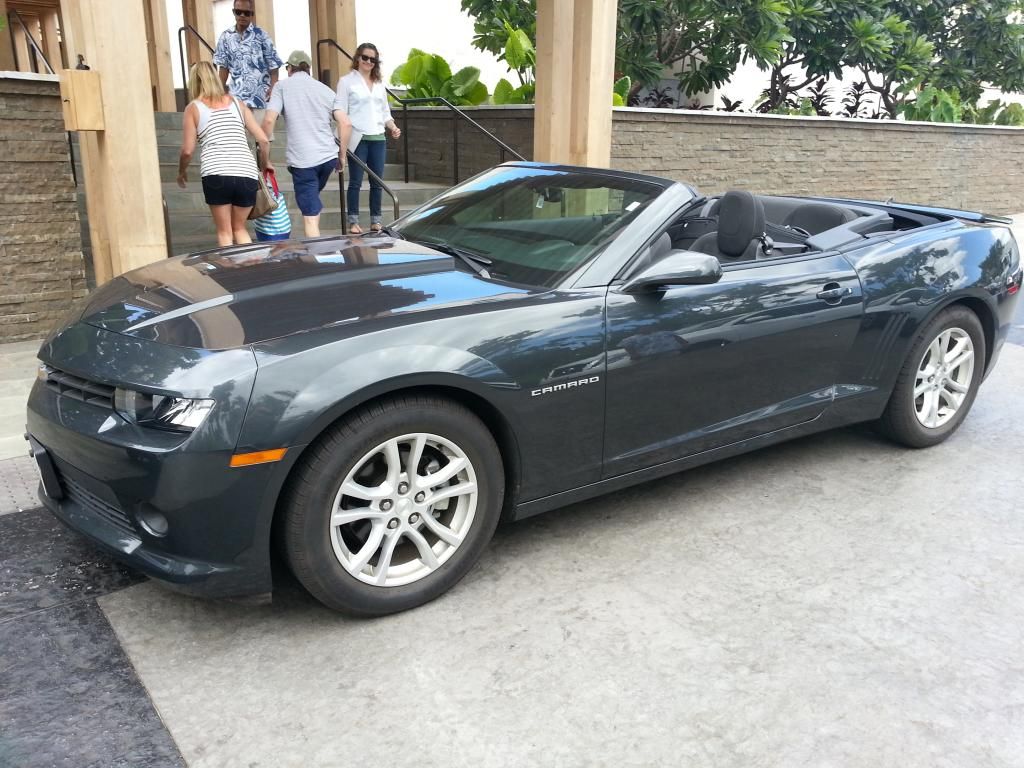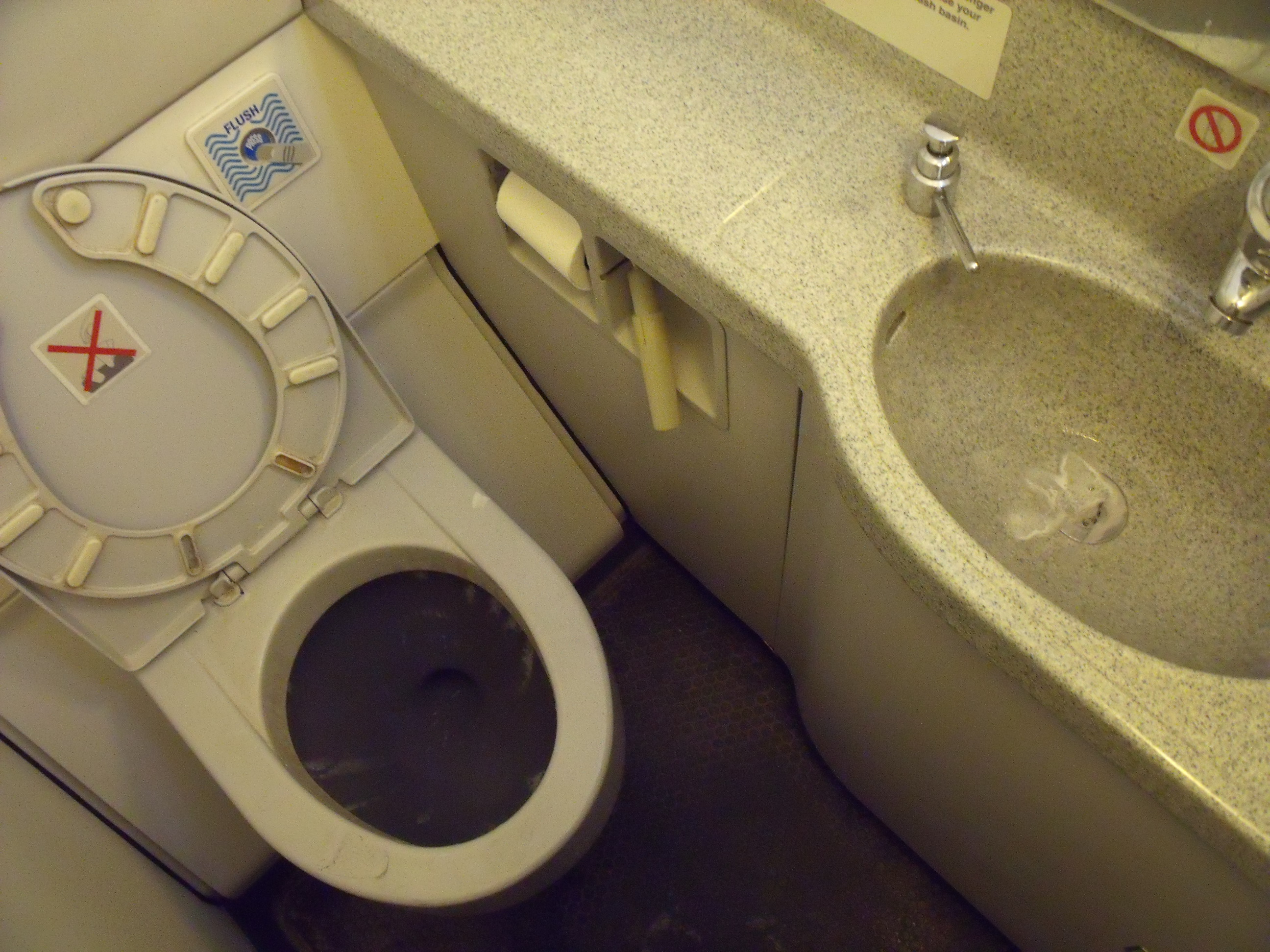Cost concerns weigh on 2025 international travel plans to Europe in key markets
63% of respondents plan to take a long-haul trip in 2025, with 44% intending to visit Europe, marking a decline in sentiment compared to last year. Safety, iconic landmarks, and infrastructure are key factors influencing destination choices. The article Cost concerns weigh on 2025 international travel plans to Europe in key markets first appeared in TravelDailyNews International.


BRUSSELS – Long-haul travel sentiment globally and to Europe has weakened for 2025, as reported in the latest Long-Haul Travel Barometer (LHTB) 1/2025, published by the European Travel Commission (ETC) and Eurail BV. This report provides valuable insights into long-haul travel sentiments for 2025, along with trends and plans for the year’s first four months. The barometer reveals cautious travel intentions, driven by affordability concerns and changing preferences, but also highlights opportunities to enhance Europe’s global competitiveness by better managing its tourism assets.
The report shows that 63% of respondents across key overseas markets – Australia, Brazil, Canada, China, Japan, South Korea, and the United States – intend to travel long-haul this year. Among them, 44% plan to visit Europe, highlighting its strong position despite current challenges. However, this reflects a decline from 49% in 2024, with weakening sentiment reported in markets such as South Korea, the US, Brazil and Australia. In contrast, Chinese travellers demonstrate growing interest, with 61% intending to visit Europe in the next twelve months.
Affordability remains the most significant barrier to international travel, cited by 46% of respondents not planning a European trip. In addition to affordability, travellers cited interest in visiting other overseas regions or limited vacation time as factors influencing their plans.
Miguel Sanz, President of ETC, commented: “The findings highlight the ongoing challenges of maintaining Europe’s competitiveness as a global destination in an increasingly saturated market. To remain a top choice for international travellers, Europe must focus on managing Brand Europe strategically. By tracking consumer trends, promoting more competitive off-season and off-the-beaten-path travel options, and improving sustainable connectivity, Europe can offer richer, more rewarding travel experiences to our visitors”.
Safety Shapes Destination Choices
Safety remains the most important factor when choosing a destination, followed by iconic landmarks and well-developed infrastructure. This report explores travellers’ perceptions of safety for the first time. According to long-haul travellers, the top factors that make a destination safe are low crime rates, clean and well-maintained tourist establishments, visible security, political stability and friendly locals.
Travellers from each market tend to define safety differently. While political stability is viewed as paramount by travellers from certain markets, such as Japan (57%), Australia (44%), and Canada (42%), visible security takes precedence in others, especially in South Korea (55%), Brazil (51%), and China (42%).
Navigating Crowded Hotspots
Europe’s iconic attractions remain a major draw for international travellers in 2025, often leading to overcrowding, especially during peak seasons. Survey results indicate that long-haul travellers remain flexible in such situations—nearly one-third would adjust their plans to visit at quieter times, 28% would proceed despite long queues, 25% would explore less crowded areas within the destination, and only 5% would consider changing destinations entirely. These insights highlight the need for better travel flow management across Europe to ease congestion while boosting alternative destinations economically.
Multi-Destination Travel Gains Momentum
Despite affordability challenges, travellers are showing a growing preference for multi-destination trips. The report shows that 94% of respondents planning to visit Europe in the first four months of 2025 intend to explore more than one country. On average, long-haul travellers are looking to visit 3.4 countries, with South Korean travellers leading the trend, aiming to visit an average of 5.2 countries per trip. This trend is growing across all key markets, especially among Australian travellers, who have seen a 15% increase from 2024. The shift highlights the appeal of Europe’s connectivity and the need to ensure more seamless and sustainable transport options for travellers.
Evolving Budget and Experience Priorities
The report also highlights changing spending habits. In the first four months of 2025, 42% of respondents plan to allocate between €100 and €200 per day, showing a 14% increase compared to the same period last year. Meanwhile, the percentage of travellers planning to spend over €200 per day has decreased to 30%, reflecting a 13% decline.
Food and drinks are emerging as the top spending category for most travellers (67%). However, market priorities vary: for Chinese travellers, shopping leads their budget (67%), while for US travellers, accommodation ranks second (55%), significantly higher than in other markets (24%). This highlights the diverse spending preferences across key markets.
The article Cost concerns weigh on 2025 international travel plans to Europe in key markets first appeared in TravelDailyNews International.























.jpg?width=1920&height=1920&fit=bounds&quality=80&format=jpg&auto=webp#)




















![Gay Catholic United Flight Attendant Axed After ‘Sex Is Unchangeable’ Remark—Raises Enough Money To Sue [Roundup]](https://viewfromthewing.com/wp-content/uploads/2025/02/DALL·E-2025-02-03-08.46.00-A-high-contrast-digital-montage-combining-aviation-Catholic-symbolism-and-legal-imagery___-Central-figure_-A-stern-looking-male-flight-attendant-in.webp?#)






























